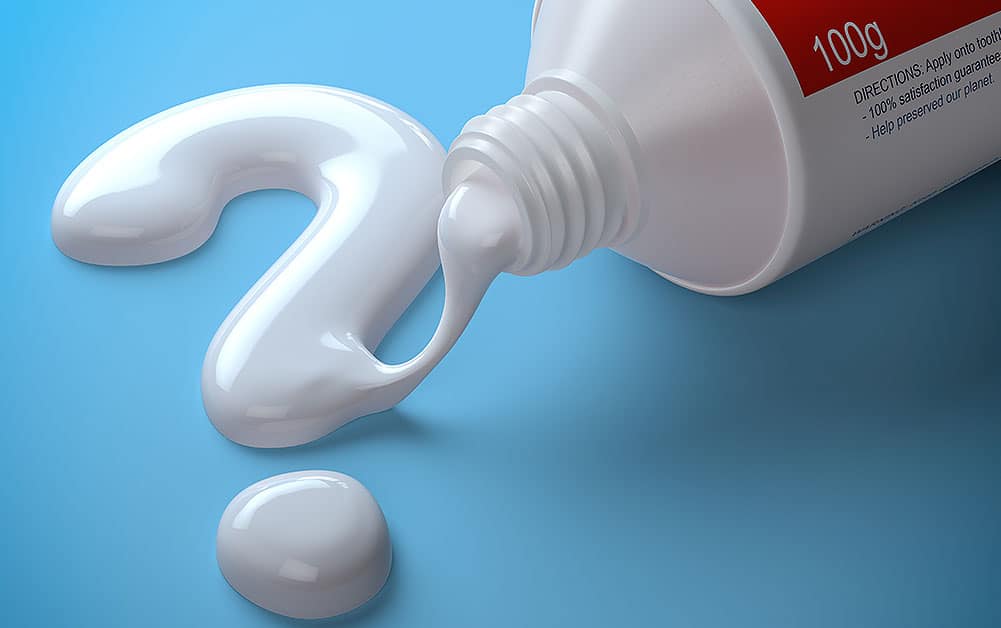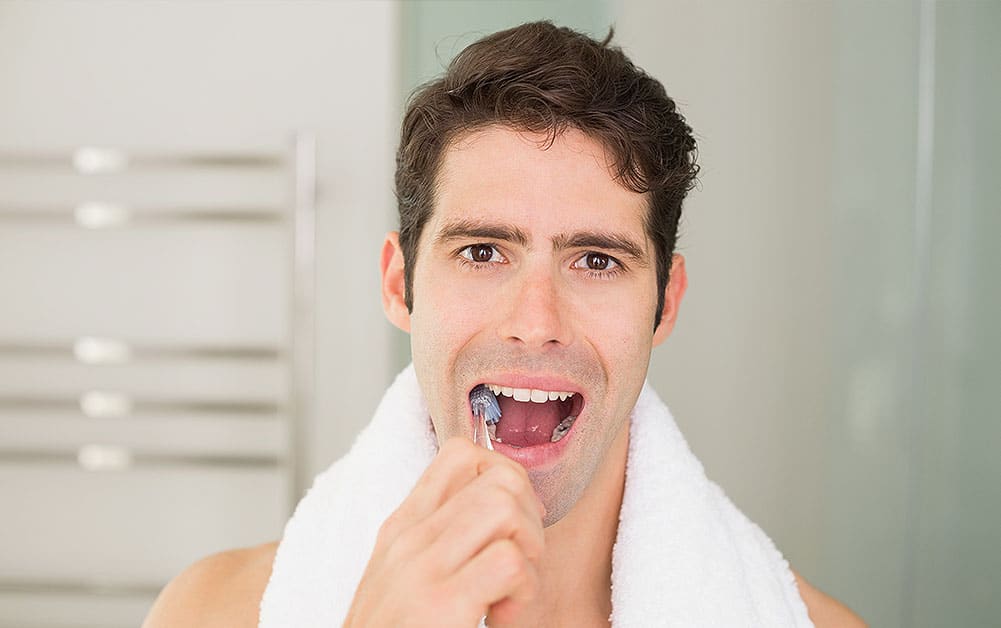Choosing a toothbrush
It would seem that there is little consistency in the style and form of recommended toothbrushes. Many dentists recommend a rectangular-shaped soft mylon brush with curves and tufts. Others prefer a harder brush that softens after use. The advantage of a soft brush is that it can be used against the gums and teeth with less risk of abrasion. That is why a soft nylon brush is better for children. However, a medium-hard brush cleans the hard surfaces of teeth better. If your teeth do not feel smooth when you run your tongue over them after brushing, switch to a harder toothbrush. Although tuft design and head angle may not be very important, a small head, a good handle grip and a rubber gum stimulator on the handle are.
The toothbrush should be replaced before it has lost its shape and the bristles are bent. It should also be replaced if you have been sick or had a cold.


